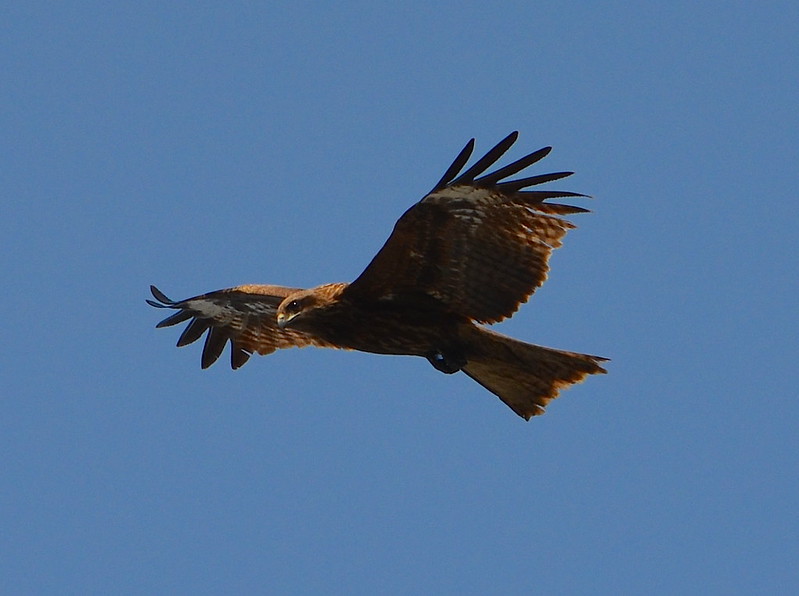
[2].jpg)
It is a shy bird, peaking at sunrise and sunset. Despite its unusual appearance, it can be easily mistaken for a common Robin. It is an uncommon bird in the United States. Although the species is now considered monotypic, the distinction is due to natural variation. It is a member of the thrush family, and its common name is “Japanese thrush.” Originally, there were two subspecies of Japanese thrush. The Japanese thrush, also known as the grey thrush, is a species of thrush in the thrush family. The last Japanese Oriental Stork was killed in Kinosaki, but a successful reintroduction program involving birds from Russia has helped replenish the species’ numbers. Its population is estimated at around 2,500 birds and winters in eastern and southern China. The Amami Thrush breeds on a single island in Japan, and is restricted to subtropical forests between 100 and 400 meters. The male’s plumage is usually more vibrant and impressive, and it has been given the nickname ‘Bird of the Burning Field’ for its ability to protect its eggs. The male is a strikingly colored bird, while the female is plain and plainer. Its white and striped plumage makes it a common bird of the forest in Japan. The Japanese thrush is a common and widely distributed bird, with a range stretching from the northern tip of Hokkaido to the southern isles of Okinawa. Listed in order of beauty from the largest to smallest, each has its own distinct personality and unique traits. The Japanese thrush, Amami Jay, Blakiston’s Fish Owl, and Japanese ibis are all beautiful, but few of them are as common as the Black Kite.

Despite their flying skill, however, black-eared kites are a vulnerable species, and are listed in the Red Data Book.If you have ever been to Japan, then you’ve likely come across the birds. On a beach on the Izu Peninsula, I once saw a kite fly upside-down to snatch a fish’s head from the claws of a scavenging crow. Like those made from paper and flown by humans, black-eared kites can be remarkably aerobatic. The kite is the bird whose English name was given to the aerial toy invented in ancient China. Kites scavenge near human settlements and rubbish tips. But much of their diet is made up of carrion. They will also hunt and kill small mammals, such as mice reptiles, such as lizards and other birds, including young chickens on farms. In other words, they eat pretty much anything they come across, even catching insects in flight. In winter, many kites will roost together. They nest in trees in forests, and often close to other kites. Kites can be seen around towns and villages, as well as rivers and coasts.

Males grow up to 58 cm long females 68 cm. They are vocal birds, and their distinctive call sounds much like a horse neighing. The end feathers often splay into “fingers” when they’re flying.īlack-eared kites have relatively weak legs.

Viewed from beneath, kites have a light-colored band of feathers just before their dark wingtips. They have large wings and spend much of the time soaring and circling in the sky. The black-eared kite has dark brown plumage (darker than the plumage of its close relative, the red kite), and black feathers over its ears. * Description: Kites are large raptors, birds of prey with a noticeably forked tail.


 0 kommentar(er)
0 kommentar(er)
